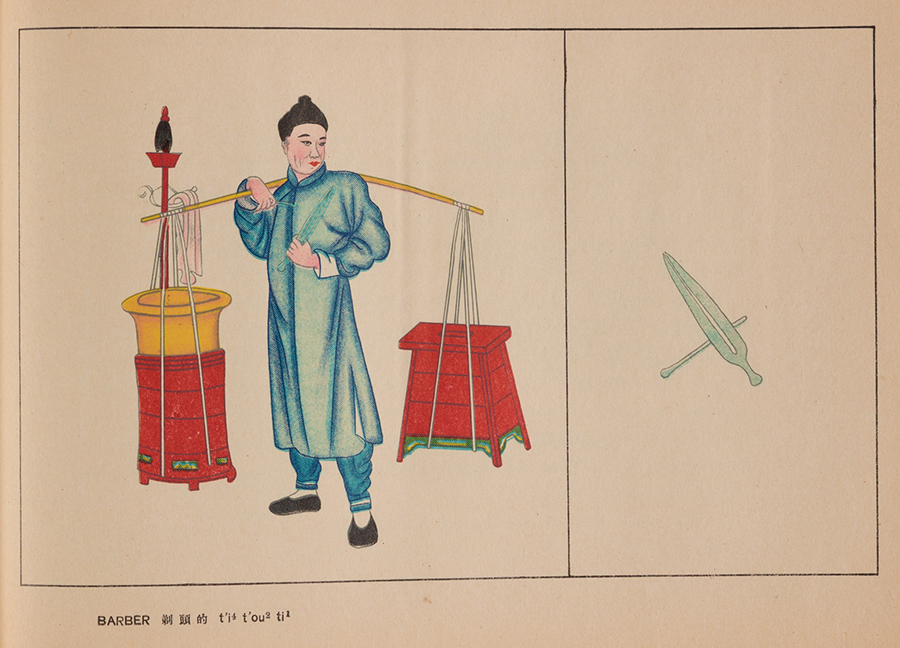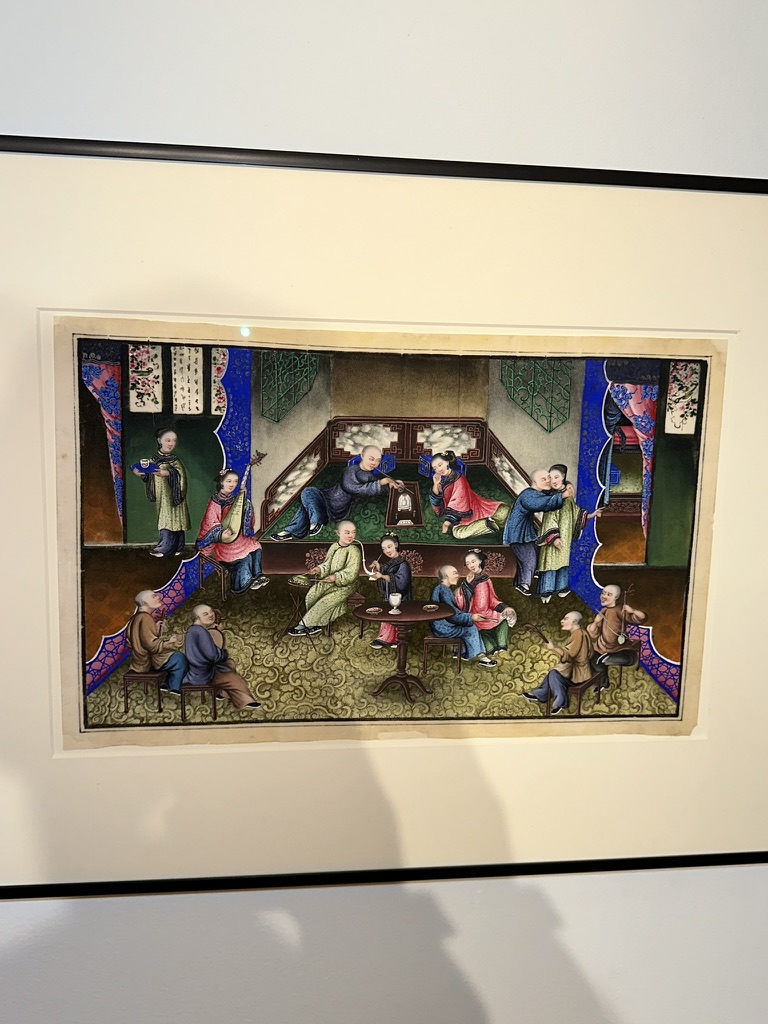
c/o Samuel Victor Constant
“Understanding China in the Age of Unequal Treaties,” an exhibition curated by Sabrina Tian ’24, reopened in the College of East Asian Studies (CEAS) at the Mansfield Freeman Center on Wednesday, Sept. 20, after a successful first run last semester from Wednesday, March 1, to Saturday, May 27. The exhibition focuses on the realities and perceptions of Chinese culture following the Opium Wars and displays artifacts from the CEAS art and archival collection.
The Opium Wars took place between 1839 and 1860 and ended with a series of treaties between Great Britain and China intended to undermine Chinese sovereignty. These treaties forced China to open trade and its borders to foreigners, dramatically increasing cultural exchange after the Opium Wars. As a result, pre-existing stereotypes of China were both reinforced and deconstructed.
“China opened up, and it got exposed to Western cultures, and Western culture got exposed to Chinese culture,” Tian said. “A lot of interesting things were just coming out at that time. So I focused on that and any objects and documents related to that.”
Upon entering the exhibition, viewers will note that the gallery is structured chronologically and divided into two distinct sections: imaginations of Chinese culture and the reality of Chinese culture.
“One major theme that I wanted to show in the exhibition was the difference between the reality of Chinese culture versus the misunderstanding of it and how interactions between the East and West really look versus what people kind of made up in their minds,” Tian said. “So the left side of the gallery focuses more on these imaginations of Chinese culture, and that’s mostly from a Western perspective…. The right side of the gallery focuses more on what really happened.”
The gallery invites viewers to challenge their perspectives on Chinese culture, confronted with both misperceptions and actual representations of art and culture at that time. The archival section of the exhibition includes a collection of historical newspapers, paintings, scrapbooks, archeological finds, and a poster documenting the timeline of China’s century of unequal treaties. Walking through this portion of the gallery, visitors are taken on a journey through time. For students, staff, and faculty at the University, a scrapbook detailing the first Chinese student conferences at American universities is especially interesting, as one of them took place here in Middletown in 1915. As Tian tells it, this is one item that particularly caught her eye.

c/o Baron Fisher
“Another thing that I think is just really, really cool is the scrapbook in the center,” Tian said. “It shows a few conferences held at East Coast schools in the U.S. for international Chinese students—very, very, very early meetings for Chinese international students…. I included a little hook with some enlarged, high-quality scans of pages from that scrapbook.”
Art displayed in the exhibition includes paintings and ceramics. Many Chinese artists exported their paintings as Western fascination with Chinese art surged. This blending of Chinese artistic creations with Western expectations exemplifies the primary theme of the exhibition. The painting “Many Figures in Opium Den” stood out in particular because of its ornate illustration documenting the impact of the Opium Wars on individuals’ daily lives.
Throughout the 20th century, China continued to strengthen its position on the global stage through its large economy, technological innovations, and foreign investment. Meanwhile, American foreign policy became increasingly focused on China. CEAS Chair Takeshi Watanabe hopes that this exhibition will encourage students to learn more about Chinese history and culture and its interactions with the Western world.
“I hope that the students will learn more about the relationship between China and the West,” Watanabe said. “One key to improving relations is to understand the American history and racism that continues to haunt our perceptions of China. I hope this small exhibition spurs people to reflect and educate themselves more about this history.”
This is the first time that current University students have entirely created a CEAS gallery, which represents a significant departure from how the CEAS has designed and displayed exhibitions at its gallery in the past.
“We decided to institute a more formal opportunity for students to curate projects in the gallery,” Associate Director of Visual Arts Benjamin Chaffee ’06 said. “We put together a call for proposals for students to submit to work on a tutorial in the fall semester that would develop into a curatorial project this spring semester.”
Chaffee encouraged students to engage further with the gallery. Any student who is interested in curation is invited to reach out to Chaffee, Exhibitions Manager Rosemary Lennox, and Archeology Collections Manager Wendi Field Murray to learn more about how to get involved in the spring and submit a proposal.
Make sure to check out “Understanding China in the Age of Unequal Treaties” in the CEAS gallery before it closes on Friday, Dec. 8!
Caleb Henning can be reached at chenning@wesleyan.edu.
Baron Fisher can be reached at bfisher@wesleyan.edu.
1 Comment
Scott
Well, folks, I think if you look, you’ll find that treaties between China and the West are still unequal, but the positions are reversed.
China has the dominant hand now, and they’re exporting fentanyl to the West.
Chinese chemical companies are fueling the fentanyl crisis in the United States by sending fentanyl precursors, fentanyl analogues, xylazine, and nitazenes into our country and into Mexico.